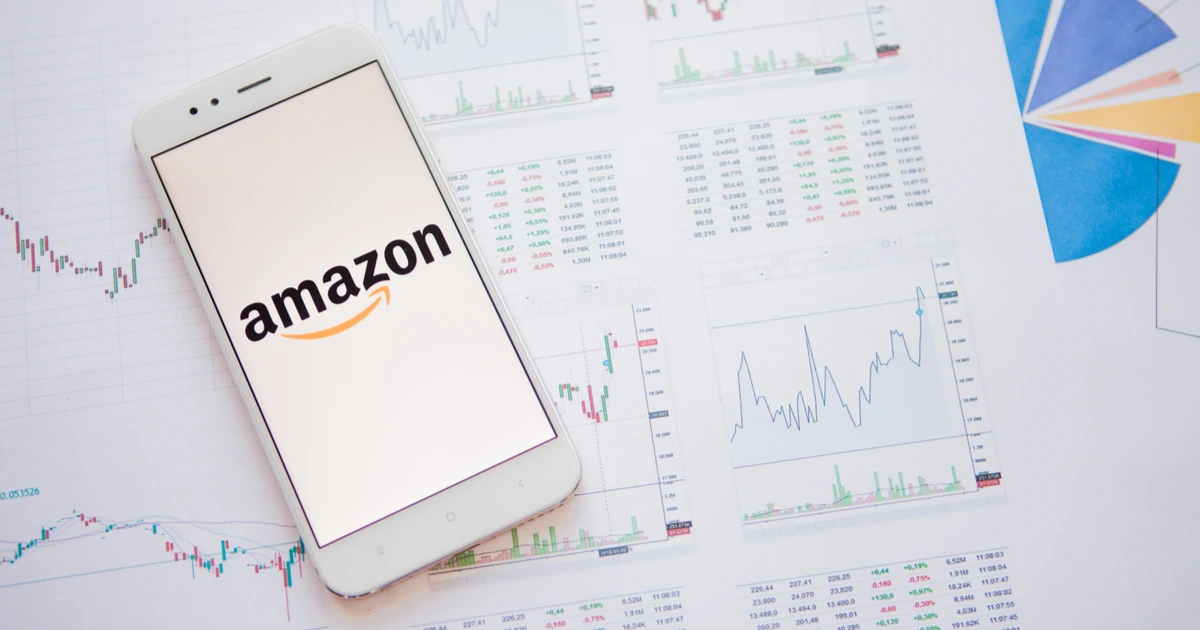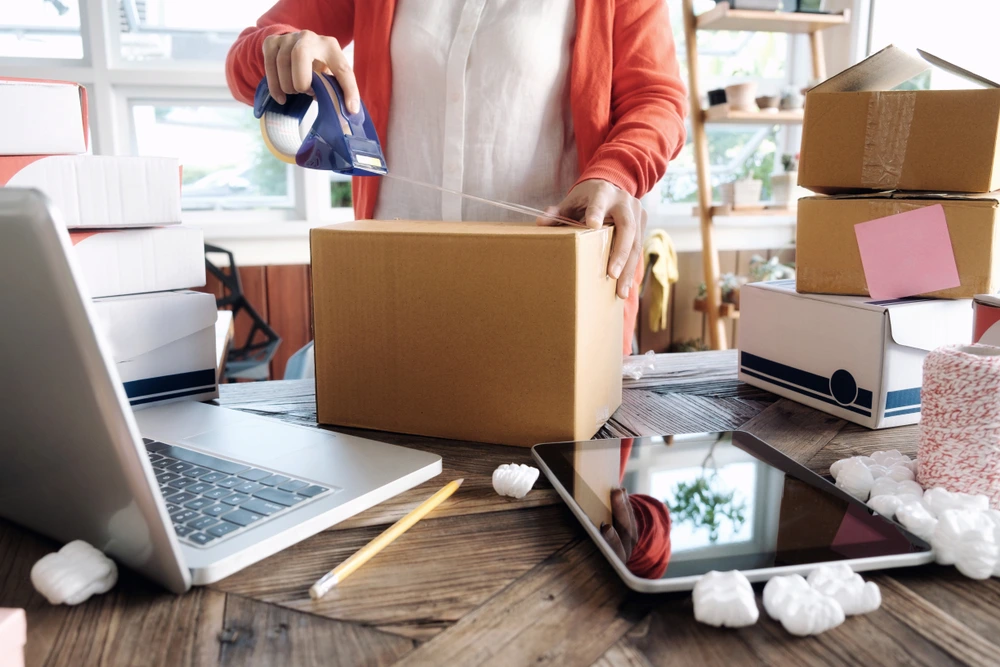
What Are the Best Amazon Seller Pricing Strategies?


Table of Contents
Amazon is a massive online marketplace, which means any seller on it is competing with many other vendors. These vendors are paying attention to pricing, and even Amazon manipulates its pricing from time to time. In other words, a significant factor in your success is your Amazon selling pricing strategies. Ultimately, you want your product to be the one the client sees in their Buy Box, which is where customers make their purchase. So, what is the best pricing strategy for you?
In this guide, you’ll find some of the top Amazon pricing strategies that can help you make the most profit on your sales.
- How Do You Price Items on Amazon?
- Why Is Pricing on Amazon Important?
- 5 Amazon Seller Pricing Strategies
- Competitor-Based Pricing
- Penetration Pricing
- Stable Pricing
- Economy Pricing
- Premium Pricing
- Final Notes
How Do You Price Items on Amazon?
Pricing Amazon products can be a challenge due to the number of vendors competing in a market. Amazon allows you to list items at any price you consider fair, regardless of the Amazon price or the list price, so long as you don’t violate any Amazon limits and your price adheres to the policy on reference prices and the parity requirements of your selling agreement. The parity requirements of your selling agreement may prohibit you from selling the same item at a lower price on another site.
Reference prices are list prices or other standard prices for your product that you can list to compare with your sale price, presumably favorably. Another helpful reference price is the Was Price. Amazon calculates this price automatically, showing prices for the item within the preceding 90 days.
Sellers on the Individual Plan can’t list any time at a price over $10,000, while Professionals can go up to $300,000. However, these price limits do not apply to collectible listings. On the other hand, collectibles are gated products, so you’ll generally be fairly experienced with your Amazon pricing strategy before you’re dealing with pricing collectibles.
In working out your pricing strategy on Amazon, you need to remember that your selling price needs to cover your profit margin. Your basic pricing strategy for Amazon needs to start there. A simple formula to calculate profit goes as follows:
- Profit = Sales – Total Expenses
If your sale price doesn’t cover the cost of your goods and the costs of selling them, you may find yourself in the red.
Finally, remember that your selling price is not what the purchaser will actually pay. The buyer pays your price and the total at checkout, including shipping, sales tax, and the impact of any discounts or coupons they used. The final amount is the total price, and that’s what the buyer pays. Knowing what products to sell on Amazon and the price points to list them at can help you generate more sales and boost revenue.
Why Is Pricing on Amazon Important?
Amazon is one of the largest marketplaces on earth, which means competition can be fierce for vendors looking to be a top-selling company in their respective categories. Price is one of the primary factors in an Amazon customer’s decision when it comes to purchasing a product. In short, your price needs to compete against other vendors in your niche for you to succeed as an Amazon seller.
Pricing is also a significant factor in getting you into the Buy Box, which is the white box on the right-hand side of the product page. When a consumer buys a product through the Buy Box, which is the common route most consumers take, the seller, which is the highest-ranked by Amazon at that moment, shows up there. The Buy Box winner typically makes more sales than other sellers of that product. If there are several highly-ranked sellers for that product, they rotate in the Buy Box, allowing each to gain a portion of the market share.
Additionally, it’s important to note that the Buy Box win requires reduced shipping time, low returns, and low cancellation rates and is helped by using Fulfilled By Amazon. The ultimate aim of your chosen pricing strategy is to win the Buy Box as often as possible.
5 Amazon Seller Pricing Strategies

There are plenty of ways to make passive income on Amazon. However, in order to be successful, you need to know how to market and price your products. You won’t always get the sale just by having the lowest price. So, you want to look at the five basic pricing strategies used on Amazon and see which works best as your Amazon seller pricing strategy.
1. Competitor-Based Pricing
Competitor-based pricing is one of the most common pricing methods used by most Amazon sellers. However, the challenge always lies in knowing the actual initial value of your product compared to that of your competitors. Competitor-based pricing is crucial for resellers. It’s often recommended to be within 2% of the lowest price of your product to qualify for the buy box. With more than 80% of sales made there, basing your price off of your competitors and falling in the 2% lowest price range can help boost your sales. The downside to competitor-based pricing is that it is entirely reactive and doesn’t have a clear-cut pricing strategy. So, while this strategy is essential for resellers, it’s not helpful if your product is unique.
Amazon does offer automated pricing to help you to match or better current Buy Box pricing.
2. Penetration Pricing
Penetration pricing is a pricing strategy where you price your product lower than your competitors to gain market share. The strategy is usually used by new brands or for new products from existing brands. The most frequent penetration pricing technique is a promotion price, with the price rising after-sales meet the penetration objective. Over the long haul, penetration pricing is not profitable. However, it can get you in the Buy Box if you’re just starting out and help generate interest and brand loyalty to your product. This Amazon pricing strategy tends to work best for more unique products.
3. Stable Pricing
Customers, especially repeat buyers, tend to value products with low price volatility. You as a seller may also not be interested in continually reducing your prices on Amazon and thereby impacting your ability to sell direct-to-consumers at a higher price. Stable pricing aims to keep your price stable and as close to the actual market price as possible.
Stable pricing works best for direct-to-consumer (D2C) brands and brands that sell on multiple channels. If you sell on more than one platform or even your own website, price stability can be crucial for your credibility as a seller and a brand.
Achieving stable pricing can be challenging for Amazon. You have to monitor and analyze prices frequently and respond to challenges, including holidays and Prime Day, as necessary.
4. Economy Pricing
Economy pricing relies on small profit margins and low advertising and sales costs. The model aims to sell the product to a broad market and limit shipping costs as much as possible. Generally, economy pricing works well for everyday need products, such as household cleaners and certain office supplies.
5. Premium Pricing
Premium pricing is essentially the opposite of economy pricing. It is usually a higher price and often uses a brand name to generate the willingness to pay the higher price. Unfortunately, brand names don’t impact Amazon buyers very much, so those relying on a premium strategy often use discounts on high-end products to attract buyer interest. This strategy usually works best for brands that are well respected within their categories.
Final Notes
Having considered all of the Amazon pricing strategies and how they work with your product mix, you can now start pricing and selling items with skill, knowledge, and a little luck to win the Buy Box, build market share, and start making a profit.
At Helium 10, we have the tools and resources to help you succeed as an Amazon seller. If you’re wondering how to make money on Amazon, our tools, such as marketing, analytics, and keyword research tools, can ensure you’re fully optimizing your Amazon listings. Get started with Helium 10 today.
Achieve More Results in Less Time
Accelerate the Growth of Your Business, Brand or Agency
Maximize your results and drive success faster with Helium 10’s full suite of Amazon and Walmart solutions.

